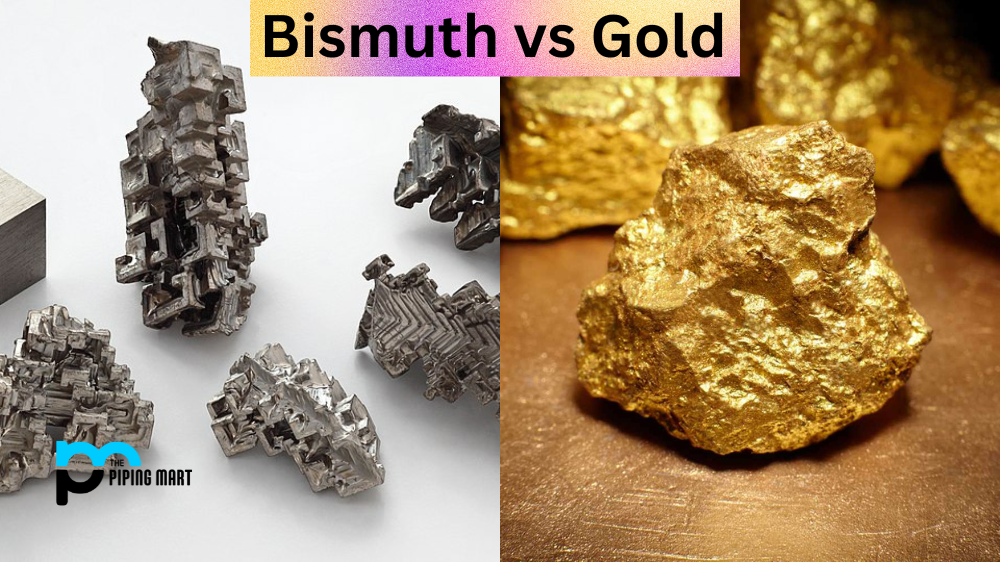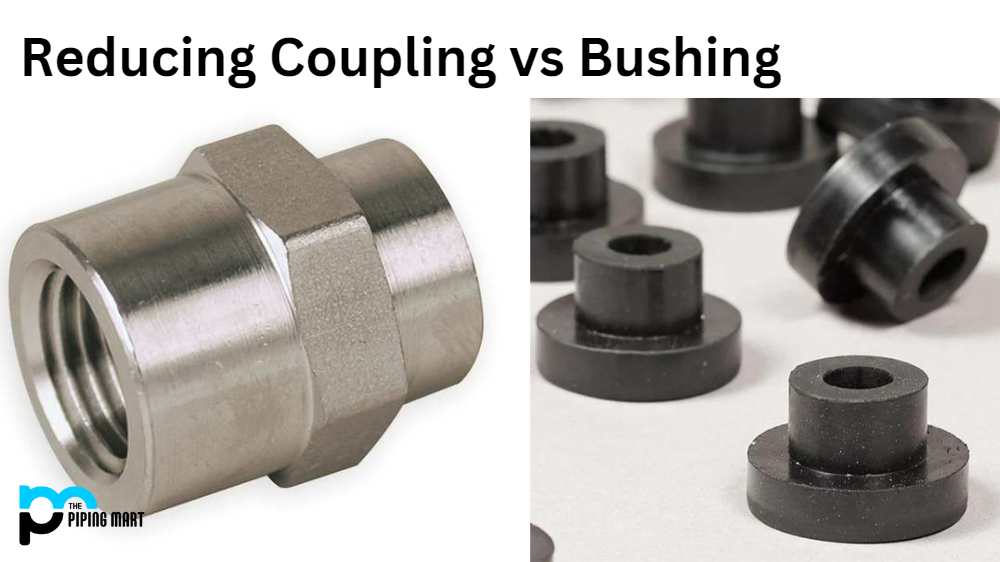Seam welding and welding are two popular techniques used to join metal parts. While the two processes have similarities, there are also distinct differences between them. Let’s take a closer look at seam welding vs welding and how each can be used in industrial applications.
What is Seam Welding?
Seam welding is a type of resistance welding where an electrical current is passed through two overlapping sheets of metal, applying pressure between them and melting the surfaces together. The process creates a continuous seam along the joining edges with no gaps or imperfections. It is ideal for creating strong welds on thin materials such as sheet metal components, pipes, and tubes. This process can also be used to produce welded assemblies with minimal distortion or warping of the pieces being joined.
What is Welding?
Welding is another technique for joining metals that uses heat to melt and fuse them together into a single piece. The process requires the use of an electric arc (plasma arc), which creates intense heat that melts both pieces of metal, so they become one solid object. Unlike seam welding, there are many types of welds that can be performed using this technique, including spot welds and butt welds. It’s more flexible than seam welding but also more time-consuming since it involves multiple steps, like prepping the pieces before they can be joined together.
Difference Between Seam Welding and Welding
Advantages & Disadvantages
When comparing seam welding vs welding, it’s important to consider the advantages and disadvantages of each process in order to determine which one will best suit your needs:
Seam welding offers speed, accuracy, and consistency, which makes it ideal for mass-production applications where time is critical. However, it does require considerable skill from operators because precision must be maintained throughout the entire process in order for successful results to be achieved consistently. On the other hand, welding offers greater flexibility when joining different shapes and sizes of metals but requires additional time for preparation prior to beginning any work due to its complexity.
- Seam welding is a type of welding that is used to join two pieces of metal together.
- Seam welding is faster than other types of welding, such as spot welding or butt welding.
- Seam welding produces a stronger joint than other types of welding.
- Seam welding is often used to weld together sheets of metal.
- Seam welding can be done manually or automatically.
Conclusion:
When deciding between seam welding vs welding for your industrial application, it’s important to weigh up both processes carefully in order to make the most informed choice possible based on your specific needs and requirements. Each technique has its own unique advantages and disadvantages, so you should take all these factors into consideration before making your decision on what process best suits your particular situation or project goal(s). Both methods are excellent options when it comes to joining metals but knowing which one is right for you will depend entirely on what type of job you need to be done in terms of size, shape, quality expectations etc., so make sure you do your research beforehand!

Pipingmart is a B2B portal that specializes in metal, industrial and piping items. Additionally, we share the latest information and information about materials, products and various types of grades to assist businesses that are involved in this business.




